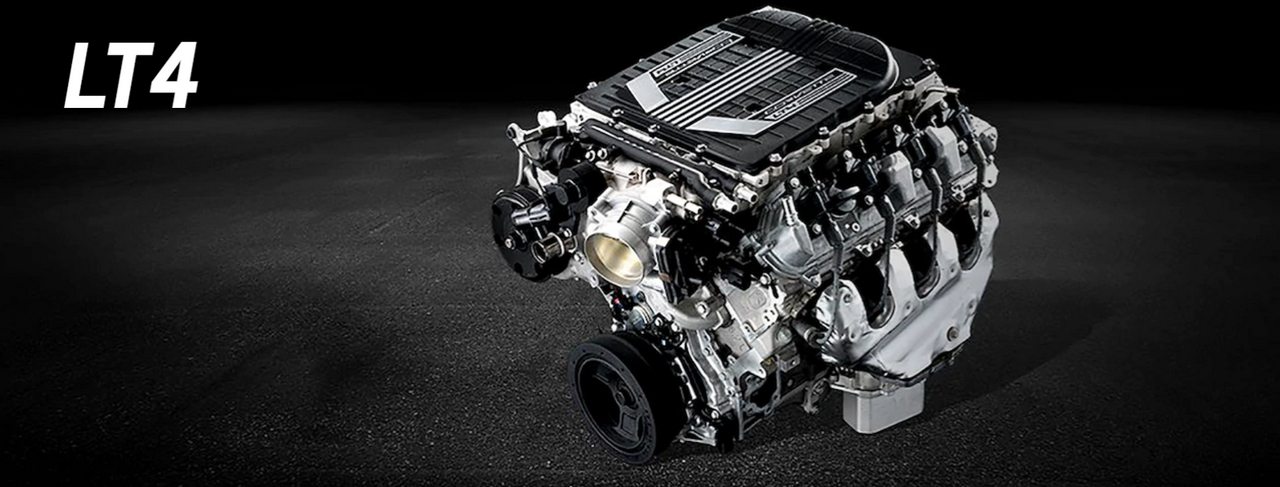Chevrolet LT4 Engine Ultimate Guide
Since the dawn of the automobile – and most especially, the sports car – automotive engineers and enthusiasts alike have worked relentlessly to increase horsepower, engine efficiency and, ultimately, 0-60 and quarter mile times both on and off the track. For its own part, Chevrolet has been a pioneer of this endeavor. Since its inception in 1911, the company has pioneered engine technologies and has remained an innovator in producing some of the most powerful and most reliable engines ever.
Even before its introduction in 2015, General Motors engineers claimed that they had created one of the lightest and most compact 650 horsepower engines in the history of the brand, and implanted it in the fastest production Corvette ever built – the seventh-generation C7 Corvette Z06.
No Subscription? You’re missing out
Get immediate ad-free access to all our premium content.
Get Started



